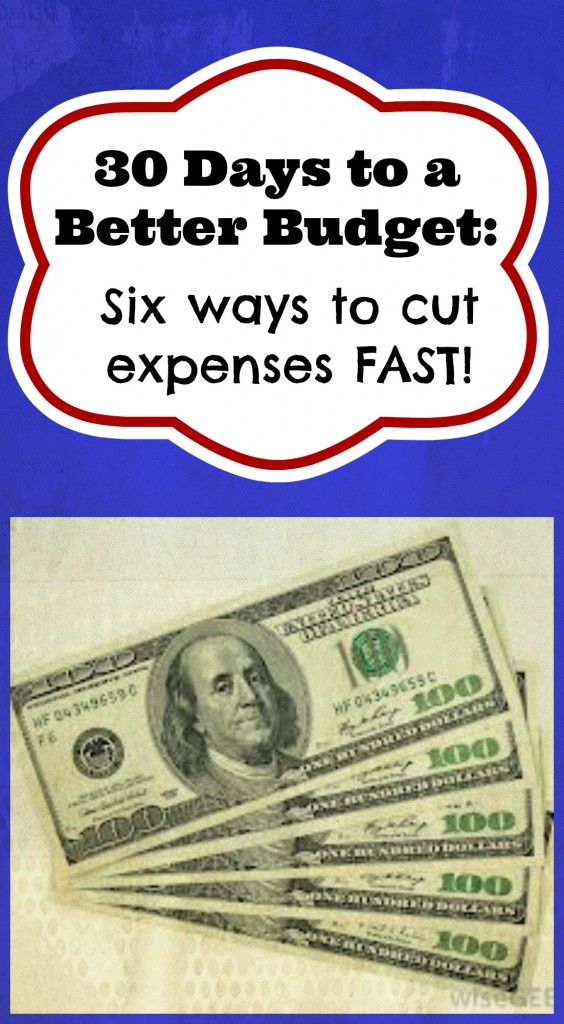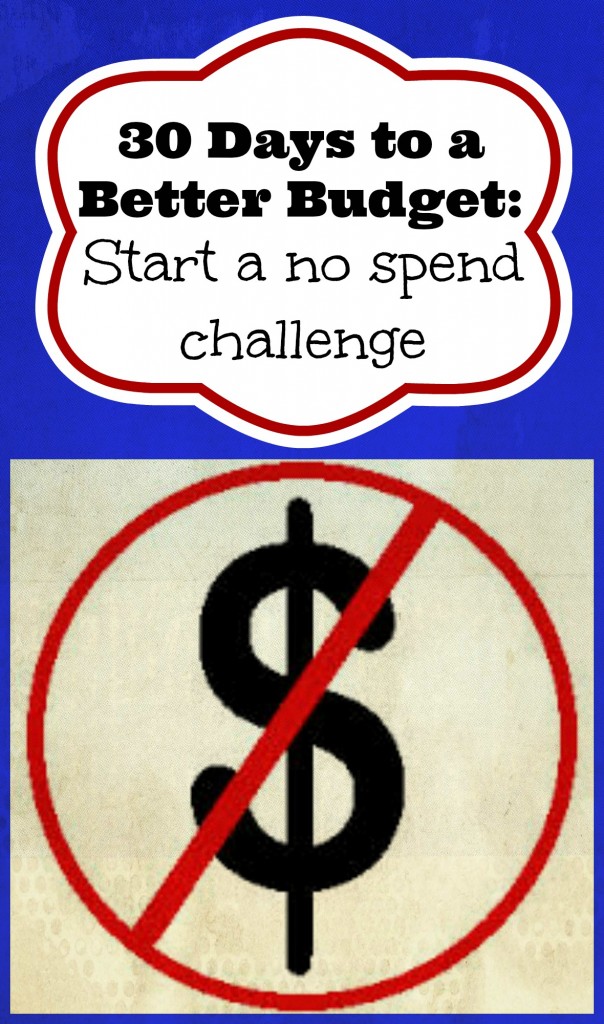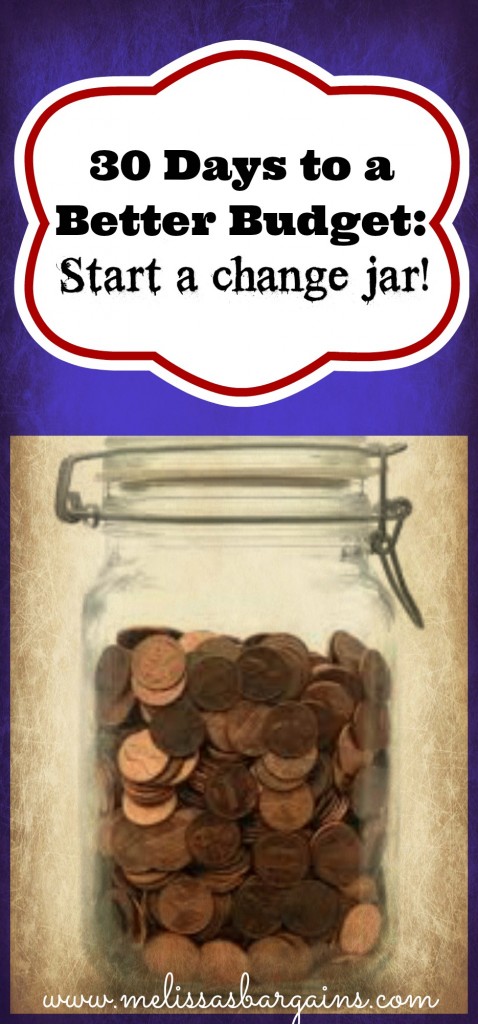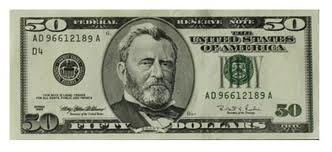When people ask me how they can cut their grocery budget, my top answer is by menu planning! When we menu plan, we save more money because we’re actually eating what we buy and we’re not resorting to eating out, which is always more expensive!
Save money by menu planning
1. Make a list of your family’s favorite meals – Sit down with your family and give everyone a turn to share their favorite meals. Write them all down. This should give you a good list of meals to start with (having a list of ideas always makes menu planning easier!)
2. Don’t be afraid to try new recipes – I usually try to add at least one new recipe a week to our menu. I find them by browsing recipe sites and Pinterest is a great resource, too!
Looking for menu ideas?
- See my weekly menu plans here–> Menu Planning Monday
- Check out my favorite recipes board on Pinterest here–> Melissa’s Bargains Favorite Recipes
3. Plan a variety of meals ~ Plan a variety of meals each week rotating beef, chicken, pork, and pasta. Sometimes, we also have “theme” nights such as taco bar, potato bar, or breakfast for dinner. Planning a variety, keeps meal planning fun and helps you to avoid burn-out.
4. When planning for the week, consider what you have on hand and browse your weekly grocery store ads to see what is on sale ~ I meal plan one week at a time using this method, which helps to cut down my grocery expenses. I usually sit down and plan for the upcoming week on Friday nights or Saturday mornings before I go grocery shopping so that my shopping list is based on the meals we are having during the upcoming week. Using this method helps me to rotate my stockpile and since I’m using items from my stockpile, I’m also spending less at the grocery store.
Here are some printable worksheets to help you with your menu planning: (all are free!)
- Breakfast, lunch, and dinner menu planning form (includes room for a grocery list)
- Printable Excel template menu planners (includes weekly and monthly worksheets)
- Printable Weekly menu planner (includes room for a grocery list)
5. Be flexible and figure out what works for your family ~ Your menu plan is just a guide. It doesn’t have to be an absolute. Sometimes what you have planned for Thursday sounds better on Tuesday and that’s OK. Some people don’t even menu plan for specific days. They just come up with options for the whole week. Some people plan for an entire month, which is impressive, but doesn’t work as well for my family (especially since I plan my meals partially based on what is on sale during the week).
I usually do all of my meal prep work before I go to work (putting everything in the slow cooker if I’m using it that day or cutting up meat, veggies, etc. so I just have to cook it all when I get home), so things go quickly once I get home. Even during the summer, I like to do my prep work early in the morning, so I’m not as stressed trying to put dinner together in the evenings since that’s the time of day when my kids seem to go crazy!
What works for you with menu planning? What are some of your favorite meals?
This is the 7th post in my 30 Days to a Better Budget series! You can see all the posts here–> 30 Days to a Better Budget












